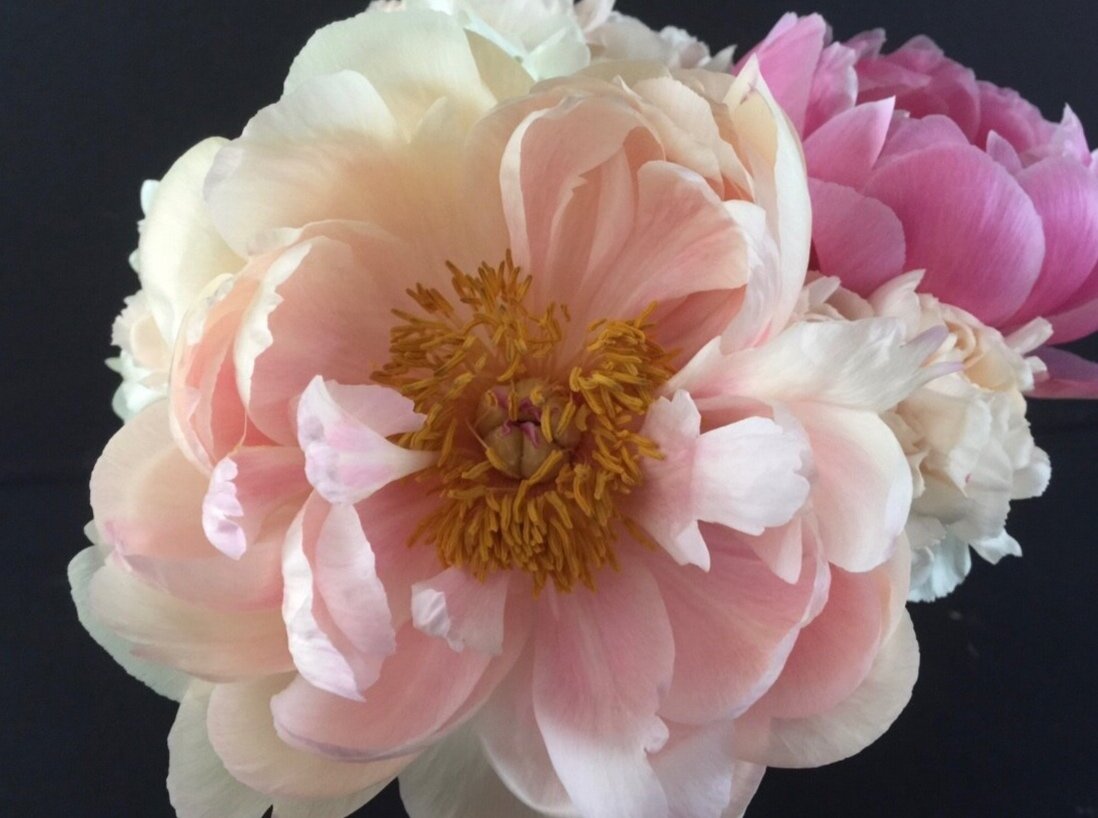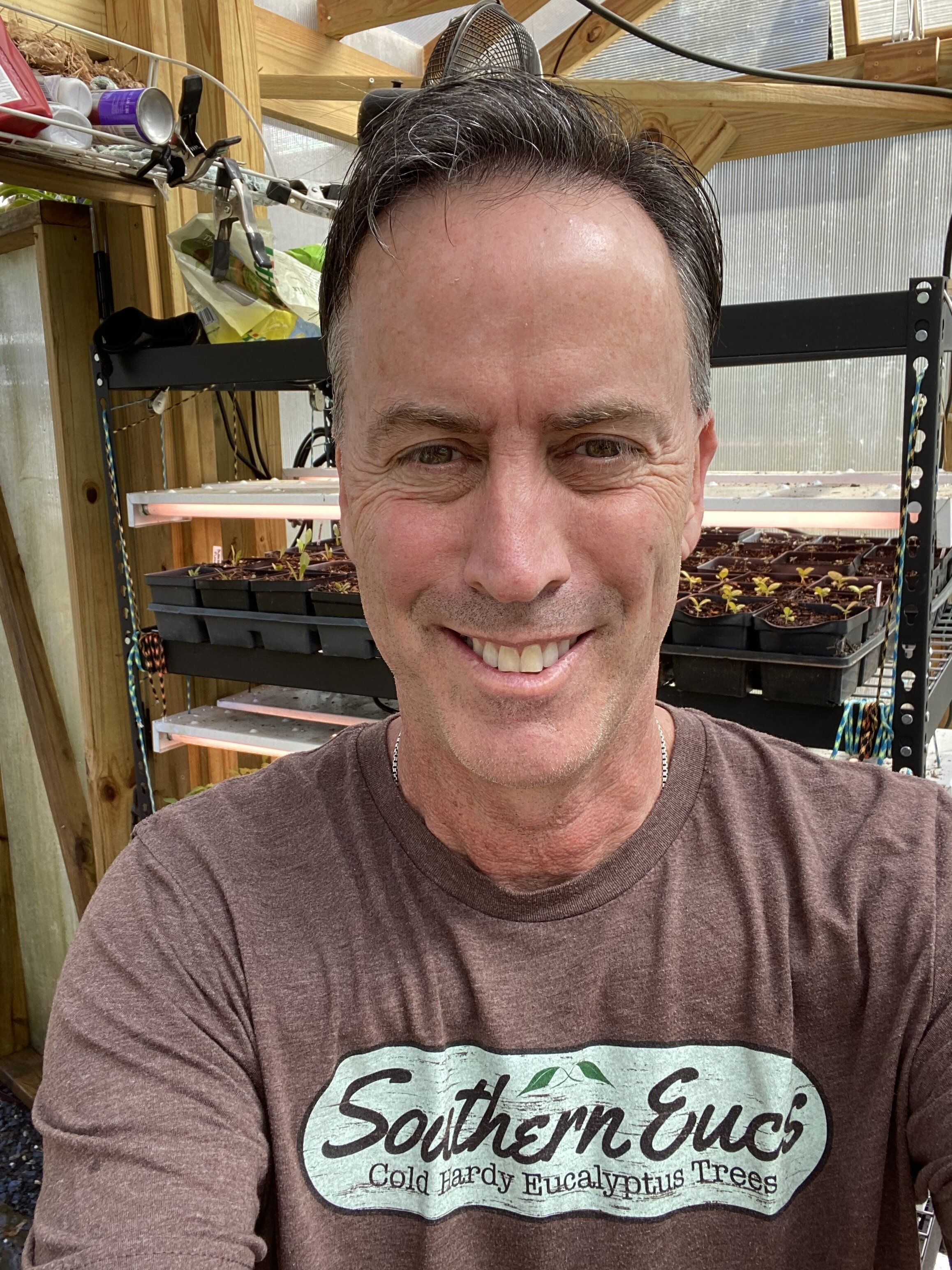Ed Coughlin
Southern Eucs
In 1997 British botanist Angus Paxton Heeps, who once served on the Board of Directors of the American Association of Botanical Garden and worked in Atlanta as a landscape architect, observed how English gardeners were successfully growing specific Eucalyptus species throughout the U.K. Fully aware that there was only a 10–15-degree temperature difference in average winter temps between the U.K. and metro Atlanta, Angus began propagating and testing these cold hardy varieties at his nursery operation in McDonough, GA and incorporating the hardiest ones into his high-end landscape designs. Through his seed collection in the coldest provenances of Australia, Tasmania, and New Zealand, Angus collected 25 species with outstanding cold tolerance and hardiness.Before his passing in 2005, Angus collected and stored seeds in hope that these cold hardy species and subspecies would continue to be grown and promoted for use in landscapes across America where they will grow. In 2015 research carries on through the efforts of Angus' friend and Master Gardener Ed Coughlin’s Southern Eucs www.southerneucs.com and Brent and Brooks Wilson of Wilson Bros Gardens. Now in 2021, after planting minimums of 12 of each species (over 500 total) in various locations, and taking part in the prestigious NC State / Assoc. of Specialty Cut Flower Growers 2019 Seed Trails, our team is identifying and growing the most outstanding varieties for the region.
The Fastest Growing Eucalyptus Trees
Eucalyptus are much faster growing than most other trees in cultivation. When planted right and growing where happy, there are many species that will add from 6 to 10 feet in height in a single growing season! Exceptions include some of the snow gums such as Eucalyptus pauciflora and Eucalyptus gregsoniana. These slower growing varieties usually take a couple years to establish growing maybe a foot or two a year, which lends well to planting in smaller landscape spaces and containers. But even the now gums can put on 4 to 6 feet a year once established.
First, eucs have it much easier in cultivation and in the U.S. than they do in their native habitats in Australia. Here in the U.S. they are not bothered by grazing kangaroos, koalas, and all sorts of insect pests.
Another reason Eucalyptus grow so fast is that they don't go dormant in the way most other types of trees do. All they need to continue growing is a little warmth and water, no matter what time of year.
When growing Eucalyptus in your own landscape be sure to limit competition from lawn grasses and weeds. We suggest growing them in mulched landscape beds and borders and at least 10 feet or more away from lawn areas. Eucalyptus trees don't require fertilizer, and in fact can be harmed by it, so keeping them a good distance from a regularly fertilized lawn is important. Needless to say, if a Eucalyptus tree is planted in the middle of a pasture or lawn expect a much slower growth rate.





